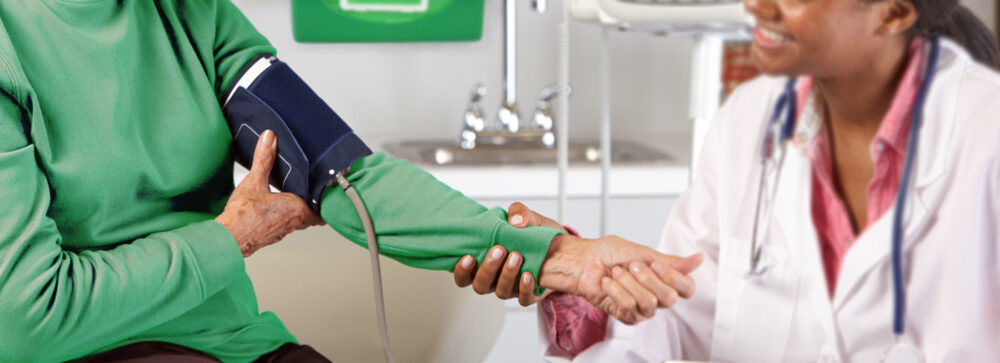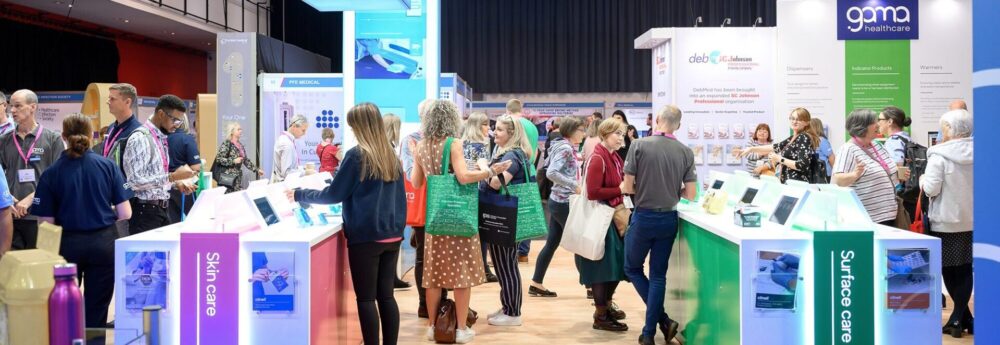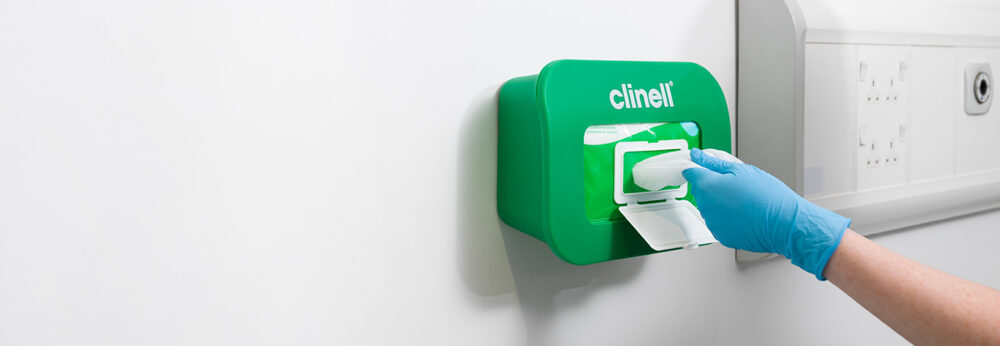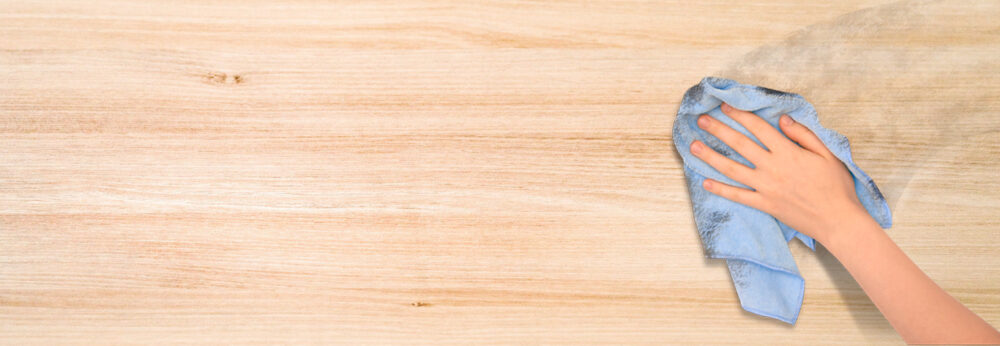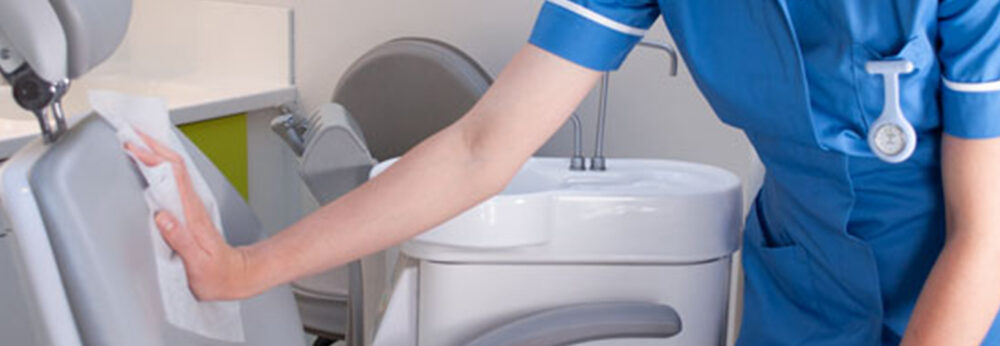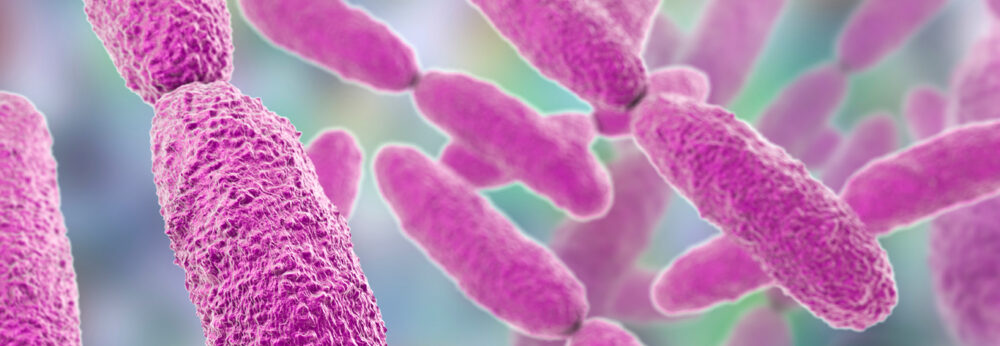Posts Tagged ‘Disinfectant wipes’
Improving hospital cleaning and disinfection
This post shares the findings of a recent study exploring improving hospital cleaning and disinfection through streamlining product and enhanced training. A team working in Lanarkshire, the third largest health board in Scotland, has recently published a study evaluating the impact of an intervention to improve hospital cleaning and disinfection through the implementation of pre-impregnated wipes combined…
Read MoreThe risk of cross-transmission from blood pressure cuffs
Blood pressure cuffs come into frequent contact with the skin of patients (obviously) and are rarely disinfected. A number of studies have evaluated whether and to what extent blood pressure cuffs become contaminated with pathogens that may cause HCAI. This post reviews a few of these articles, illustrating the risk of cross-transmission from contaminated blood…
Read MoreHighlights from Infection Prevention 2019
We had a lovely time in Liverpool for Infection Prevention 2019 – we hope that you did too, if you got the chance to go. We have collated some of our highlights in this post. All of the abstracts are published in a Journal of Infection Prevention supplement, here. It’s great to see and hear about…
Read MoreSystematic review on disinfectant wipes for surface disinfection in hospitals
A Portuguese research group have just published a helpful systematic review on disinfectant wipes for surface disinfection. The review covers factors that can influence the performance of disinfectant wipes, including wipe material, disinfectant composition, the way that a wipe is applied (e.g. pre-impregnated or “spray/dip & wipe” methods), interactions between wipe materials and active ingredients, and wiping…
Read MoreGetting disinfectant wipes to the point of care
A recent Irish point prevalence survey investigated isolation precautions usage and resources in a 900 bed hospital. 14% of inpatients were on isolation precautions, most of which were contact precautions. Compliance with the use of single rooms, signage, and PPE availability was >90%. However, only 2% of rooms had disinfectant wipes available at the point of care.…
Read MoreChoosing the right disinfectant wipe
There is a wide range of options when choosing the most appropriate disinfectant wipe. The University Hospitals Birmingham (UHB), that prompted this series, evidenced that switching from one disinfectant wipe strategy to a more effective one resulted in improved patient outcomes. Several factors influence the choice of wipe: intended application, range of microbial efficacy, staff acceptability and cost.The key consideration when selecting a…
Read MoreMicrofibre and water isn’t magical
There’s a word on the street that microfibre combined with water is suitable for all cleaning challenges. But a study from Prof Jean-Yves Maillard’s lab in Cardiff suggests that water and microfibre alone achieves only a moderate removal of bacteria from surfaces and readily transfers bacteria between surfaces. Adding disinfectants to microfibre enhances their efficacy considerably. The…
Read MoreWhat’s going on with surface disinfection in dental settings?
An interesting new article reviews the history and state-of-the-art for surface disinfection in dentistry settings. Historically, aerosols and sprays were the most common approaches to the delivery of disinfectants in dentistry. However, due to occupational exposure concerns, disinfectant wipes are quickly becoming the most common method for surface disinfection in dental settings. The article spans space and…
Read MoreDisinfectant wipes mop the floor with chlorine solution
There are few well-controlled studies investigating the impact of disinfectant wipes in a clinical setting compared with standard methods. A study from a group of researchers in Cardiff shows that one-step cleaning and disinfectant wipes are more effective than two-step detergent and chlorine solution cleaning / disinfection in removing microbial contamination from hospital surfaces. What was the…
Read MoreWhat healthcare workers should know about environmental contamination
A useful summary of current evidence highlights what healthcare workers should know about environmental contamination in hospitals. Whilst the focus of the article in the ICU, the principles are the same for healthcare workers in other settings too. Bacteria contaminate the inanimate environment; this contributes to patient acquisition of pathogens; biofilms play an important but uncertain role;…
Read More
